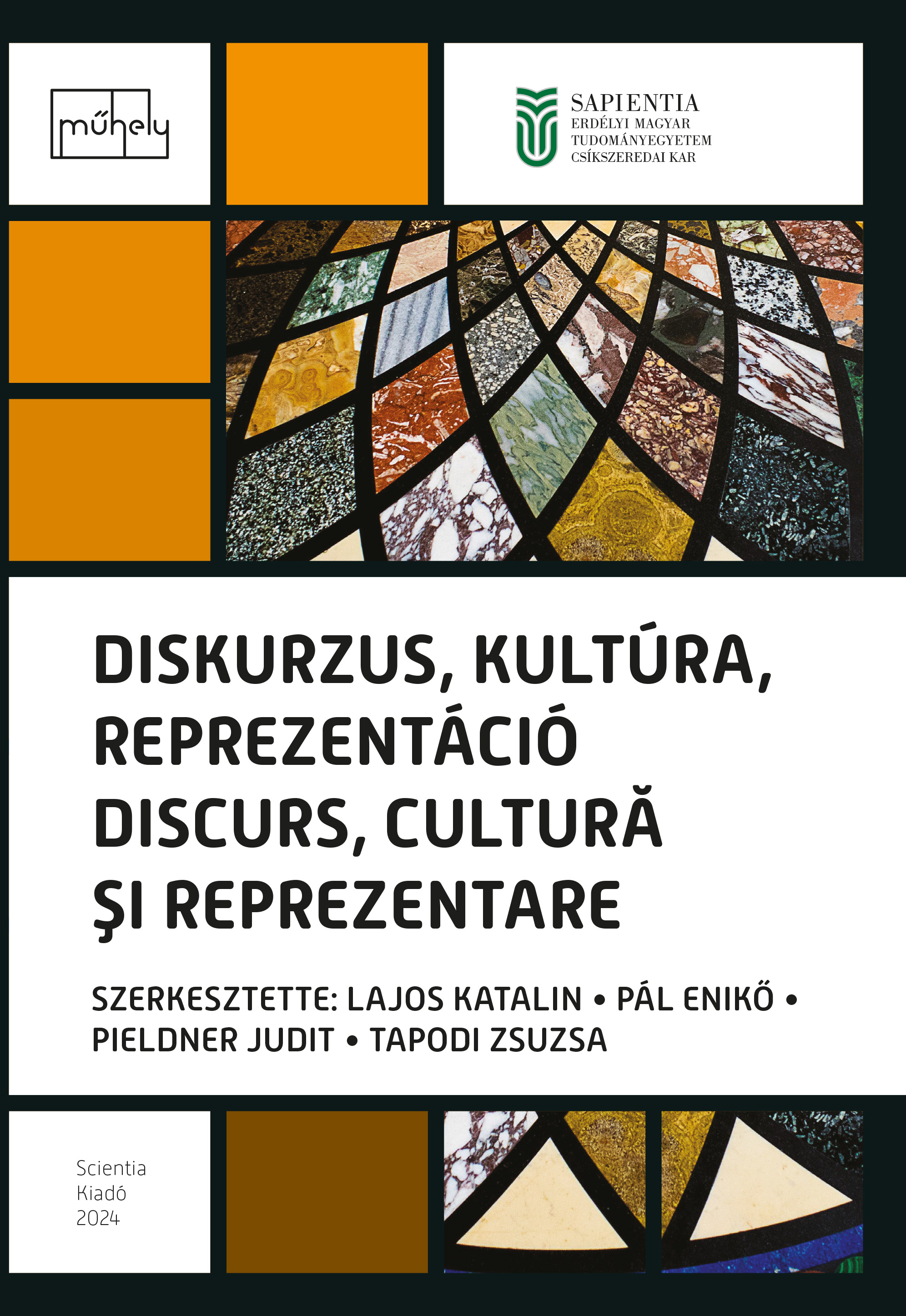INTERFIGURALITÁS, TEMATIKUS ÁTHALLÁSOK ÉS FORMAKÖVETÉS A MAGYAR IRODALOM VERSES REGÉNYEIBEN
INTERFIGURALITY, THEMATIC RESONANCE, AND RECURRING FORMS IN VERSE NOVELS OF HUNGARIAN LITERATURE
Author(s): Lenke Kocsis
Subject(s): Language and Literature Studies, Studies of Literature
Published by: Scientia Kiadó
Keywords: verse novel; interfigurality; verse form trope;
Summary/Abstract: The characteristics of the genre popular in 19th-century European literature, at least in the Byronic-Puskinian tradition, are surprisingly well-defined in Hungarian literature, or at least as far as the traditional understanding of verse novels is concerned. In the 19th century and the first half of the 20th century, the use of the ottava rima and the Onegin stanza, as well as variations of these forms were quiet common. The connection in form is usually not a stand-alone phenomenon; it is also accompanied by thematic similarities, which can be found at the level of tropes, plot patterns, and allusions. One of the rarer forms of intertextual relations, interfigurality, can also be part of these attachments. This can be as obvious and clear as in the case of a recurring literary character, for example the title character of Marcell Benedek’s The Resurrection of Don Juan, or a subtle connection, a combination, and/or contamination, like the protagonists of László Arany’s verse novels Hero of Mirages and János Térey’s Paulus, can be related to Pushkin’s Eugene Onegin. The paper aims to map some of the potential genre characteristics of the verse novel with the help of the examined connections in the verse novel of Hungarian literature.
Book: Diskurzus, kultúra, reprezentáció / Discurs, cultură şi reprezentare
- Page Range: 37-46
- Page Count: 10
- Publication Year: 2024
- Language: Hungarian
- Content File-PDF

